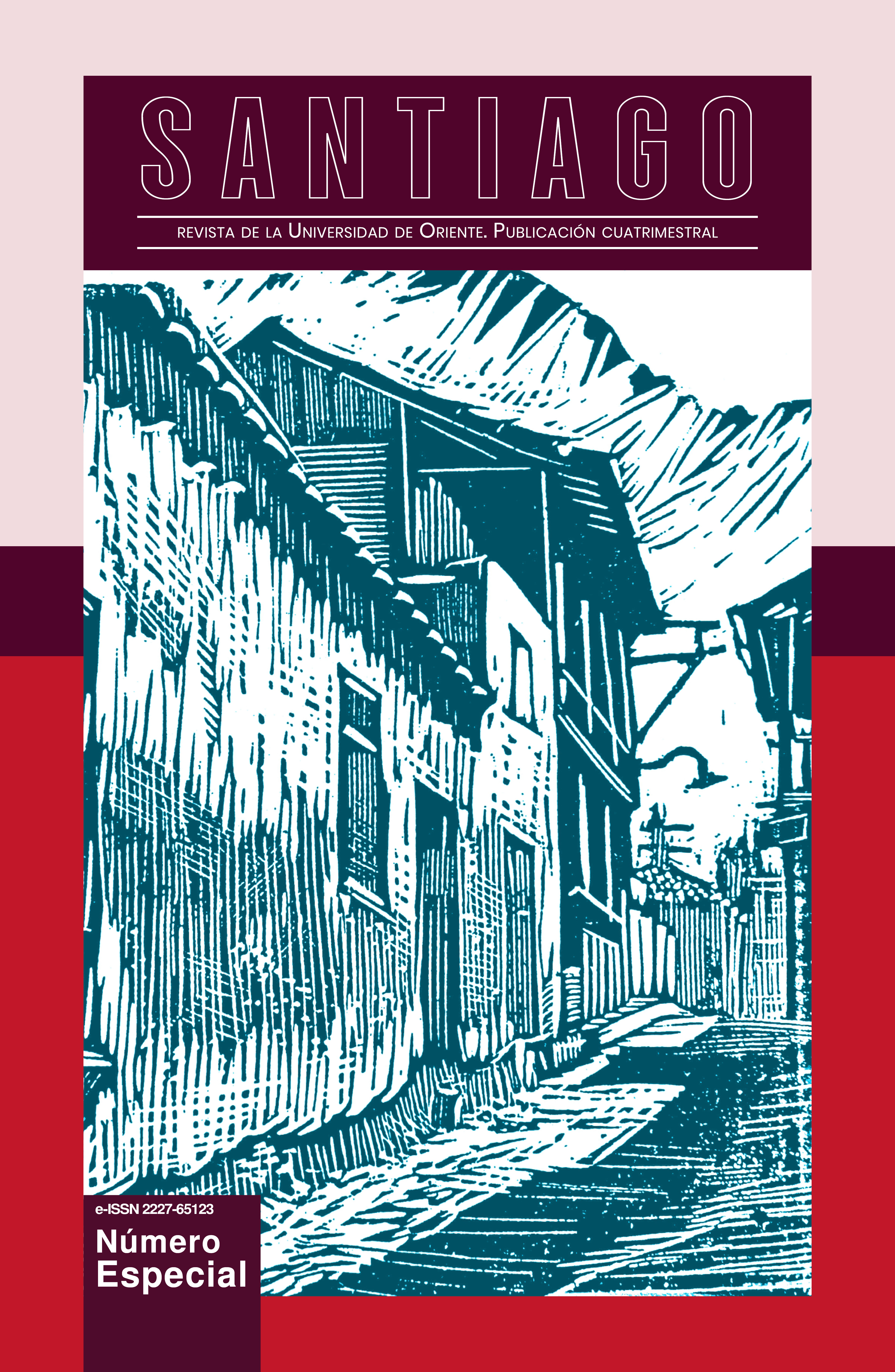The crime since its intervention: barriers and failures for its study
Keywords:
crime, crime interventionAbstract
This work aims to study the barriers around crime for its intervention from a complex approach to make its intervention possible. From there, the following are analysed: the reproduction of crime by society as something circumstantial to it; the stimulation of the productive forces unleashed by criminal activity; the reification and embellishment of crime; responding to violence with violence; the relativity of crime; tendency to search for “the ultimate motive for the crime”; the non-inter and transdisciplinary vision of crime. All of them are reduced to reductionist, disjunctive and deterministic approaches to crime due to the existence of a classical linear thought that does not favor the implementation of a complex thought for its study.
References
Aguirre, K.; Muggah, R. (2017). Las agencias multilaterales y el enfoque de «seguridad ciudadana» en América Latina. Revista CIDOB d’Afers Internacionals. http://doi.org/10.24241/rcai.2017.116.2.25.
Ayos, E. J. (2014). Prevención del delito y teorías criminológicas: tres problematizaciones sobre el presente. Revista Estudios Socio-Jurídicos, 16 (2).
Becker, H. (1973), Los Extraños. Tiempo Nuevo.
Chinchilla, L., & Vorndran, D. (2018). Seguridad ciudadana en América Latina y el Caribe. Desafíos e innovación en gestión y políticas públicas en los últimos 10 años. Programa de Estado de Derecho Peter D. Bell. Banco Interamericano de Desarrollo.
Durkheim, E. (2002). Las reglas del método sociológico. Colofón
Demarchi, F. y Ellena, A. (1986). Diccionario de Sociología. Paulinas.
Foucault, M. (1976). Vigilar y castigar. Siglo XXI Editores.
Ginner, S. et al. (2001). Diccionario de sociología. Alianza editorial.
Lea, J. et al. (2008). ¿Qué hacer con la ley y el orden? Editores del Puerto.
Lea, J. et al. (1993). El Estado y el control del delito: enfoques relativos a la actividad diversificada de sus agencias. En R. Bergalli (coord.), Sistema penal e intervenciones sociales. Hacer Editorial.
Marx, K. (1974), Teorías sobre la plusvalía. (tomo 1). Cartago.
Martí, J. (1975). Obras Completas en 27 tomos. Editorial de Ciencias Sociales.
Max-Neef, M. (2004). Fundamentos de la transdisciplinaridad. Universidad Austral de Chile Valdivia.
Morin, E. (1999). Los siete saberes necesarios para la educación del futuro. Unesco.
Morin, E. (2002). La cabeza bien puesta. Ediciones Nueva Visión.
Morin, E. (2011). La vía para el futuro de la humanidad. Paidós.
Nicolescu, B. (1994). La transdisciplinariedad. Sin editorial.
Organización de Estados Americanos (2012). Informe sobre Seguridad Ciudadana en las Américas 2012. Organización de Estados Americanos.
Ortiz, R.M. (2019). Estrategias de intervención para disminuir la violencia y la delincuencia: avances y desafíos en República Dominicana. Ciencia y Sociedad, 44(3), 51-67.
Pegoraro, Lucio (2010). Derecho constitucional comparado y uso connotativo de la palabra “derechos” (y de los adjetivos que la acompañan). Anuario Iberoamericano de Justicia Constitucional, 14, 347-372.
PNUD (2014). Programa de las Naciones Unidas para el Desarrollo. Nueva York.
Taylor et al. (1977). La nueva criminología. Amorrortu.
Published
Issue
Section
License
Copyright (c) 2022 Omar Guzmán-Miranda, Tamara Caballero-Rodríguez, Alma Gloria Dávila-Luevano

This work is licensed under a Creative Commons Attribution-NonCommercial-NoDerivatives 4.0 International License.
CC Reconocimiento-NoComercial-SinObrasDerivadas 4.0



.jpg)

_de_logo.jpg)













